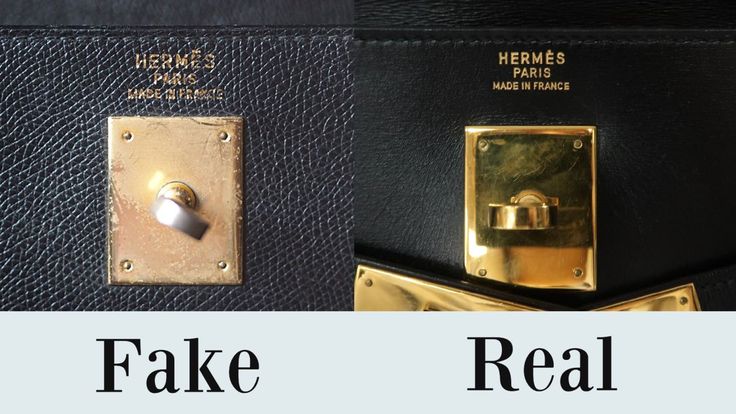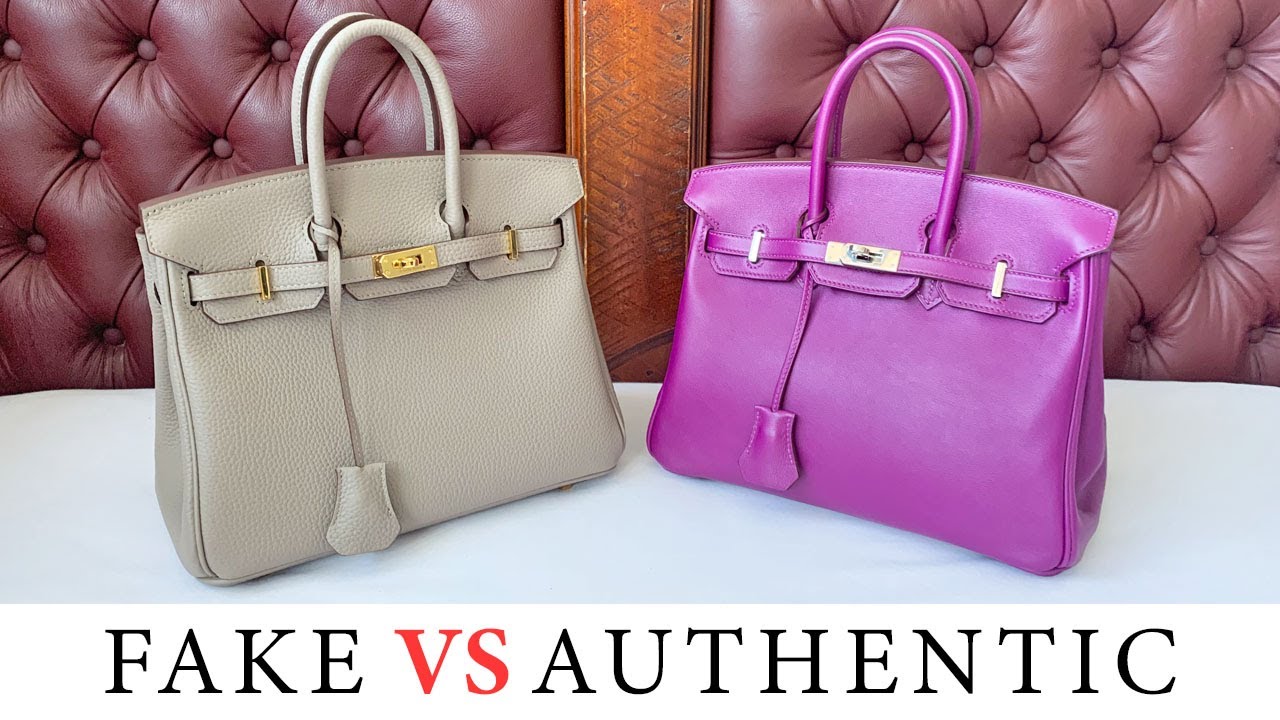What is the difference between Hermes original and replica?
When it comes to luxury fashion, few brands are as revered as Hermès. Known for its high-quality craftsmanship, timeless designs, and exclusivity, Hermès products have become coveted items for those who appreciate the finer things in life. However, as demand for these prestigious items has grown, so too has the presence of replicas in the market. But how do the original Hermès products differ from their replicas? Here’s a breakdown of some key aspects that set them apart.

Craftsmanship and Materials
One of the most notable differences between authentic and replica Hermes items is the level of craftsmanship. Hermès products are handcrafted with precision, often by skilled artisans who undergo extensive training. This attention to detail is evident in every stitch, seam, and finishing touch. Authentic Hermès bags, such as the iconic Birkin or Kelly, are made from the finest leather, including Togo, Clemence, and Epsom, each chosen for its durability, texture, and ability to age beautifully over time.
Replicas, on the other hand, often use cheaper materials to mimic the look of the originals. These materials may appear similar at first glance but lack the quality and longevity of the authentic leather. Replicas tend to be mass-produced, which means they may have visible imperfections, inconsistent stitching, or irregularities that are absent from genuine Hermès products.
Design and Detailing
Design is where Hermès truly excels. The brand’s products are characterized by their elegance, subtlety, and sophisticated design features. From the stitching to the hardware, every element is carefully considered to ensure that it aligns with the brand’s image of understated luxury. The hardware on an authentic Hermès bag, for example, is often made from high-quality metals like palladium or gold and is engraved with the Hermès logo or markings, which are precise and well-executed.
Replica items, however, often cut corners in this area. The hardware may feel flimsy or lack the distinctive weight of real gold or palladium. The stitching on replicas is often uneven, and the leather can look stiff or too shiny, indicating lower quality. The overall design may be close, but replicas rarely capture the finesse and attention to detail that define authentic Hermès products.
Price and Value
Authentic Hermès items come with a hefty price tag. The high cost is a reflection of the brand’s commitment to quality, the exclusivity of its products, and the meticulous craftsmanship involved in making each piece. For example, a genuine Birkin bag can range from several thousand dollars to tens of thousands, depending on the material and size.
Replicas, by contrast, are sold at a fraction of the cost, often marketed as “affordable alternatives” to the real deal. While this may be enticing for those who want the appearance of luxury without the price, the value of a replica is significantly lower. Replicas don’t hold their value over time the way authentic Hermès products do. The resale market for genuine Hermès items is robust, with some bags even appreciating in value, a phenomenon that is almost nonexistent for replica goods.
Exclusivity and Availability
Another defining characteristic of Hermès is its exclusivity. The brand intentionally limits the production of certain items, particularly its most famous bags like the Birkin and Kelly, to maintain their rarity and allure. To buy a genuine Hermès product, one often needs to either be a loyal customer or wait for months, sometimes even years, to secure a coveted item.
Replicas, however, are mass-produced and readily available. They can be found in various online marketplaces or dedicated replica shops, and their availability is in stark contrast to the carefully curated distribution of genuine Hermès items.
Brand Experience
The Hermès brand is built on an experience of luxury. Owning a genuine Hermès piece means being a part of an exclusive community that values artistry, heritage, and refinement. The purchasing experience itself is something to remember—whether you visit an Hermès boutique or receive a product through a bespoke service, the brand prides itself on offering exceptional customer service and attention to detail.
On the other hand, purchasing a replica item often lacks the luxury experience. While replicas can be easily bought online or in non-specialized shops, the experience is rarely as personalized or as polished as what you’d find with an authentic Hermès purchase.
Sustainability and Ethics
In recent years, Hermès has increasingly focused on sustainability, with a commitment to responsible sourcing of materials, reducing waste, and promoting ethical practices in its supply chain. The company invests in environmentally friendly production techniques and strives to ensure that its artisans are fairly compensated.
Replicas, by contrast, rarely have such ethical considerations. Many replica manufacturers operate in countries with lax regulations, where labor standards may not be as stringent. The environmental impact of mass-producing replicas, often with synthetic materials, can also be much higher than that of Hermès’s more sustainable practices.
Authenticity and Provenance
Lastly, provenance plays a crucial role in differentiating between genuine and replica Hermes outlet items. Authentic Hermès products come with a clear history of authenticity, including documentation, certificates, and sometimes serial numbers that allow the brand to trace the item back to its origin. These markers are crucial for identifying whether a product is genuine or fake.
Replicas, however, are typically devoid of any such documentation. While some may attempt to mimic authenticity marks, they lack the transparency that comes with a genuine Hermès item. This lack of provenance makes it difficult to trust the origins of a replica and can lead to confusion or disappointment for buyers.
Final Thoughts
In summary, the differences between an original Hermes item and its replica counterparts are vast and far-reaching. From craftsmanship and materials to price and exclusivity, the authentic Hermès product offers a level of quality and experience that a replica simply cannot replicate. While replicas may offer a similar visual aesthetic at a lower price, they fall short in terms of long-term value, craftsmanship, and the unique luxury experience that comes with owning a true Hermès product. Ultimately, for those who seek the finest quality and an enduring investment, there’s simply no substitute for the real thing.




